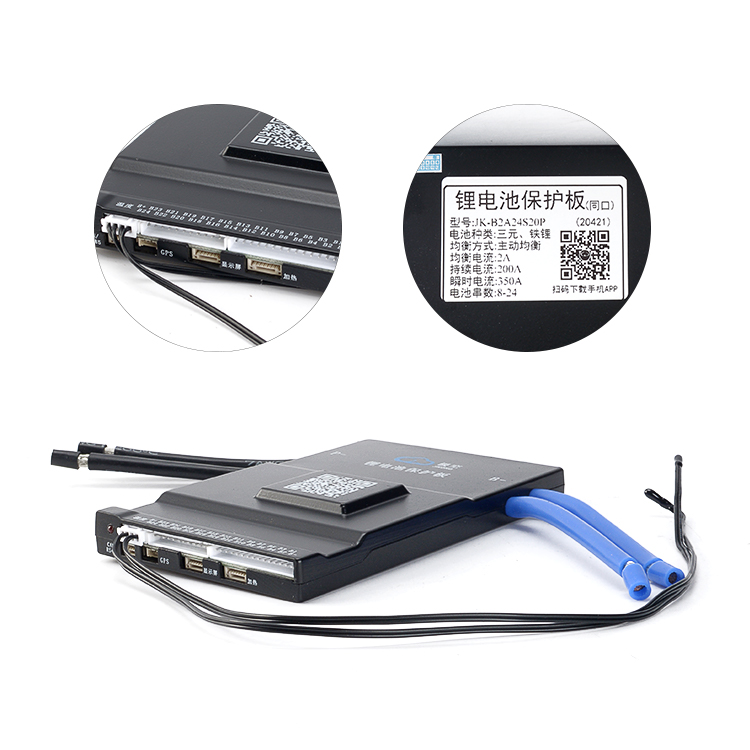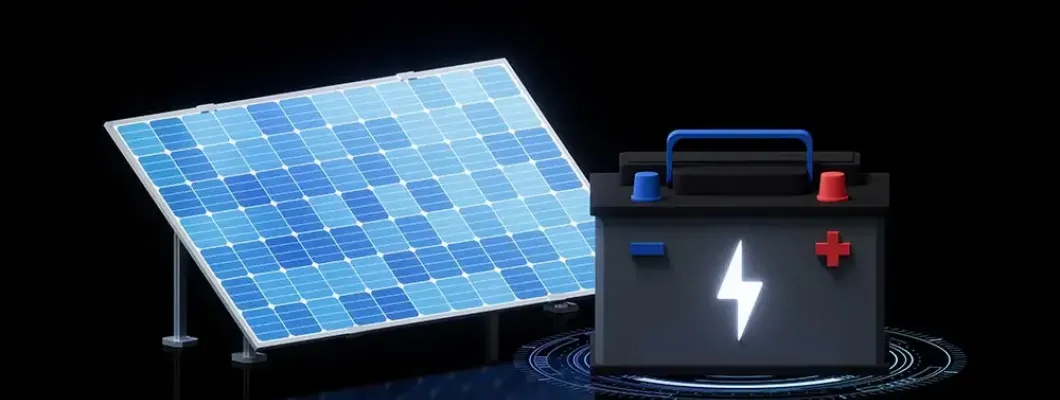Quick Answer: What Is Solar Battery Over-Discharge?
Over-discharge happens when a solar battery’s voltage drops below its safe threshold (e.g., <2.5V per cell for LiFePO4 batteries). This can degrade the battery, shorten its lifespan by 30-50%, and even cause permanent damage. To fix it fast: set a low-voltage disconnect (LVD), check your charge controller, and optimize your system’s load.
Introduction: Why Protecting Your Solar Battery Matters
Solar energy is a game-changer, especially for off-grid living, where your battery is the heart of the system. But here’s the catch: over-discharge can quietly kill your battery’s lifespan, leaving you with a pricey replacement bill. Whether you’re powering a cabin or an RV, keeping your battery healthy is key to a reliable setup. In this guide, we’ll break down what over-discharge is, why it’s so damaging, how to troubleshoot it, and—most importantly—how to prevent it. Let’s dive in and save your battery!
Over-Discharge: How It Wrecks Your Battery
Chemical Damage Under the Hood
When a battery over-discharges, it’s not just running out of juice—it’s taking a beating at the chemical level. For lithium batteries like LiFePO4, here’s what happens:
- Electrode Breakdown: The negative electrode (often copper) can dissolve, and the positive electrode’s structure may collapse, permanently reducing capacity.
- Lithium Plating: In extreme cases, lithium ions can form metallic deposits (dendrites) on the negative electrode, risking short circuits.
- Increased Internal Resistance: Over-discharge throws off the battery’s chemical balance, making it less efficient at charging and discharging.
Lifespan and Cost Impact
A typical LiFePO4 battery lasts 8-15 years with proper care, but frequent over-discharge can slash its lifespan by 30-50%. That means replacing your battery sooner, which isn’t cheap—especially for off-grid setups where reliability is everything.
Common Causes of Over-Discharge
Wondering why your battery is draining too far? Here are the usual suspects:
Faulty or Missing Battery Management System (BMS)
A BMS is like a bodyguard for your battery, monitoring voltage, current, and temperature to prevent over-discharge, overcharge, or overheating. If the BMS is misconfigured or broken, it might not cut off the load when the battery’s voltage gets too low, leaving it vulnerable.
Charge Controller Issues
The charge controller is your system’s gatekeeper, managing how power flows to and from the battery. A key feature is the low-voltage disconnect (LVD), which stops the battery from draining too far (e.g., 10.5-11V for a 12V system). If the LVD is set too low or the controller is faulty, your battery could over-discharge without warning.
Excessive Load or Poor System Design
Running too many devices—or power-hungry ones like water pumps—can drain your battery faster than it can handle. For example, one off-grid user didn’t account for their fridge’s startup surge, causing their battery voltage to drop to 9V and losing 20% of its capacity over time. Mismatched system design, like pairing a small battery with a large load, is another culprit.
Battery Aging
Even the best batteries lose capacity over time. As they age, they’re more prone to over-discharge because their usable capacity shrinks. Poor maintenance, like letting the battery frequently discharge too deeply, speeds up this aging process. Learn more about keeping your battery in top shape with these best practices for maintaining LiFePO4 batteries.
How to Troubleshoot Solar Battery Over-Discharge
Suspect your battery is over-discharging? Here’s a step-by-step guide to diagnose the issue:
Check Battery Voltage
Grab a multimeter and measure the voltage of your battery pack and individual cells. For LiFePO4 batteries, a cell voltage below 2.5V signals over-discharge. If you spot this, stop discharging immediately and try a slow charge to recover the battery (if it’s not too far gone).
Review Charge Controller Settings
Log into your charge controller’s interface or check its manual to confirm the LVD setting. For a 12V system, it should typically be 10.5-11V. Also, look for error codes or warning lights that might indicate a hardware issue, like loose wiring or overheating.
Evaluate System Load
Calculate the total power draw of your devices (in watts) and compare it to your battery’s capacity (in amp-hours). Check for high-draw appliances, especially those with startup surges, like motors. If your load exceeds what your battery can handle, it’s time to rethink your setup. For help, check out this solar system configuration guide.
Inspect BMS Status
If your battery has a BMS, check for over-discharge alerts. Many modern BMS units come with apps or displays showing cell voltages, temperature, and current. Any red flags here could point to a BMS issue or an over-discharge event.
5 Practical Tips to Prevent Over-Discharge
Prevention is better than a dead battery. Here’s how to keep over-discharge at bay:
Choose a High-Quality BMS and Battery
A reliable BMS is non-negotiable. The JK BMS B2A24S20P 200A with 2A active balancer is a great choice for LiFePO4 batteries, offering robust over-discharge protection, active cell balancing, and Bluetooth monitoring for real-time insights. LiFePO4 batteries are a top pick for off-grid systems due to their long lifespan and safety.

Optimize Charge Controller Settings
Set your LVD and low-voltage reconnect (LVR) according to your battery’s specs. For a 12V LiFePO4 system, an LVD of 10.5V and LVR of 11.5V is a safe bet. Regularly update your controller’s firmware and check for loose connections to avoid surprises.
Plan Your Load Wisely
Match your battery capacity to your daily energy needs and local solar conditions. Avoid deep discharges by keeping your battery between 20-80% charge whenever possible. If you’re unsure about your system’s design, sizing it right is key to avoiding over-discharge.
Maintain and Monitor Regularly
Check battery terminals monthly for corrosion or loose connections. Use smart monitoring tools like the JK BMS app to track voltage, current, and temperature in real time. Spotting issues early can save your battery from over-discharge.
Use Backup Power or Load Management
In low-sunlight periods or high-demand scenarios, consider a backup generator or grid-tie option. Prioritize loads by cutting non-essential devices (like extra lights) when the battery is low to avoid pushing it into over-discharge territory.
Conclusion: Keep Your Solar System Thriving
Over-discharge is a silent battery killer, but with the right tools and habits, you can keep your solar system running smoothly for years. From choosing a top-notch BMS like the JK BMS B2A24S20P to tweaking your charge controller and managing loads, these steps will extend your battery’s life and save you money. Ready to protect your setup? Check your system today and share your tips or questions in the comments below. Here’s to a long-lasting, reliable solar-powered life!
Frequently Asked Questions (FAQ)
How do I know if my battery is over-discharged?
Use a multimeter. If a LiFePO4 cell is below 2.5V, it’s over-discharged.
Q2: Can an over-discharged battery be recovered?
Mild cases can sometimes be revived with slow charging, but severe over-discharge often causes permanent damage.
How can off-grid systems avoid over-discharge?
Use a quality BMS like the JK BMS B2A24S20P, set proper LVD values, and match your load to battery capacity.
Do LiFePO4 batteries over-discharge?
Yes, but a good BMS can prevent it by cutting off the load at safe levels.
Q5: What’s the difference between a BMS and a charge controller?
A BMS protects the battery itself (monitoring cells and preventing over-discharge), while a charge controller manages the charging and discharging process between the solar panels, battery, and load.


Leave a Comment